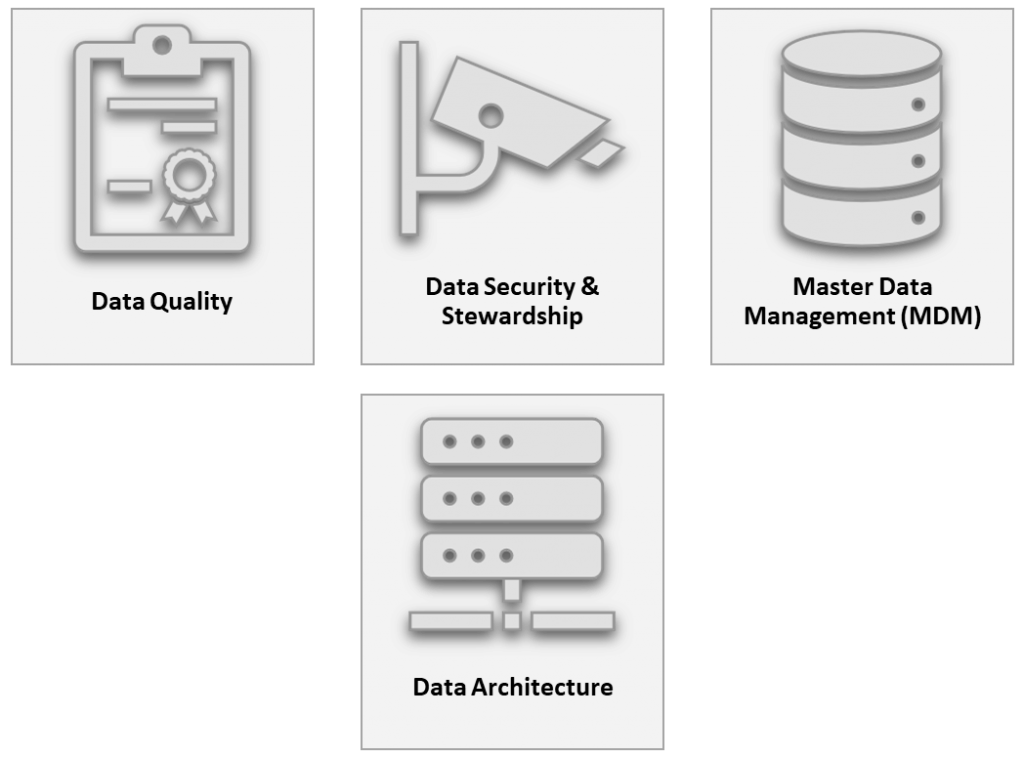“Is it possible to run my entire business from the cloud?” The short answer is yes!
More clients are asking this question as they become aware of the many benefits of cloud computing. Running an entire business from the cloud means that the software and hardware used for all your business operations are hosted by cloud service providers. Your business will pay monthly or annual subscriptions to access the services it needs but does not own, manage, or maintain any hardware or software (apart from the devices used to access the cloud).
Cloud services have made significant improvements in the last few years, becoming more secure, affordable, and integrated. There is now a strong business case for most companies to focus on their core products and services and to stop spending large amounts of resources and time on hosting expensive on-premises servers and managing large portfolios of software applications. It is no surprise that many executives are now considering adopting fully cloud-based business models.
It is estimated that 90% of UK organisations are already on the cloud (451research). Many of these businesses already have medium-term plans to run their entire workloads on hosted cloud services. For the cloud service providers, economies of scale will make their services increasingly affordable as more businesses fully transition to the cloud. Therefore, businesses must act now to avoid getting left behind by their competitors. In this guide, we outline how to successfully transform your business into a fully cloud-based operation.
Preparation

Before starting your cloud transformation journey, you will need to ensure that your business is ready to make the change. We cannot stress how important this step is. Always keep in mind that cloud systems are just tools and applications which provide your business with capabilities such as data management, collaboration, and analysis to help it run more effectively and efficiently. Therefore, a business that has underlying issues such as being disorganised, resistant to change, or unnecessarily complex will not solve those problems by migrating them to the cloud. All that would do is transfer those issues into the cloud solution and cause it to fail. This is especially relevant for businesses that rely heavily on interventions from managers, administrators, and subject matter experts to function.
Select Cloud Systems

There are hundreds of cloud systems available and selecting the right ones for your business is usually difficult and time-consuming. It is normally tempting at this stage to try and save time and effort by specifying an all-in-one or single software solution, but that would be a mistake. Most single software cloud systems that attempt to do everything ends up doing only one thing or nothing well. The best way to specify the cloud solution is to first define the capabilities your business needs and then match them to systems available. You can then shortlist the systems for demos/trials using your preferred criteria. Running your entire business from the cloud would mean setting up remote or virtual desktop systems to replace on-device software. Therefore, you will also need to develop a policy for providing your staff with user devices to access the cloud.
Implement a Robust Data Governance Framework

Data governance is the most critical aspect of your move to the cloud because the cloud solution for your entire business can only ever be as good as the data it contains. Even a cloud solution with the most advanced capabilities and features will be completely useless if it is processing inaccurate or wrong data. The importance of addressing data security early cannot be understated, especially when considering that most data breaches are due to human error rather than system vulnerabilities. You can avoid critical and costly issues in the future by designing your cloud solution around a data governance framework.
Solution Design & Deployment

To fully realise the benefits of running your business from the cloud, you will need to connect your selected cloud systems so that they work functionally together. Such system integration is becoming more affordable and accessible with the widespread use of standard APIs and low-code cloud integration tools. It is now possible to automate complete business processes across multiple systems using applications like Zapier and Power Automate. Our advice is not to try and boil the ocean and adopt an Agile automation approach. Start by only automating the most important and time-consuming processes before the solution is launched.
Deliver Continuous Improvement

The transformation project has delivered, the cloud solution is launched, and your entire business is running on the cloud, but your journey does not end there. Cloud solutions, like all software, work best when they are configured and optimised based on user feedback. An optimisation phase at the end of the project will allow your users to modify the processes and the systems to suit their needs. This not only improves the functionality of the solution but also elevates users into becoming fully engaged stakeholders or even solution champions. After the solution becomes embedded within your business, conduct regular reviews to upgrade or replace the cloud systems. This will ensure that your cloud solution continues to deliver and never becomes obsolete. It also provides leverage for negotiations with the system providers to reduce costs.
If you are interested in optimising your business operations and would like to arrange a no-obligation consultation with one of our cloud-solutions experts, please get in touch: info@proaptus.co.uk.